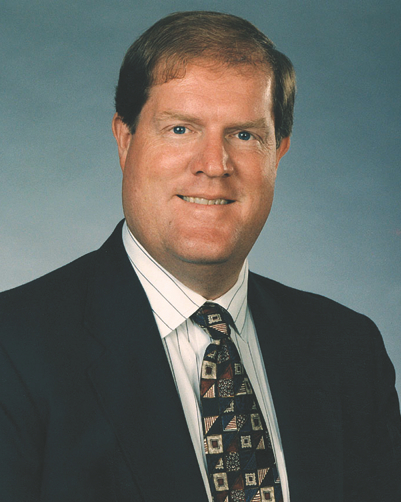Tile Talk: Changes & Revisions
What Is on Your Must-Do List?
by Richard K. Olson, president & technical director, Tile Roofing Industry Alliance

(Editor’s Note: Richard K. Olson is president and technical director for the Tile Roofing Industry Alliance. The association represents industry professionals involved in the manufacturing and installation of concrete and clay tile roofs in the United States and Canada, and works with national, state, and local building officials to develop installation techniques, codes, and standards for better roofing systems. Olson can be reached at rolson@tileroofing.org.)
In 2022 we see changes coming from a host of new advances in several different areas. For design professionals that have projects in the high wind regions that utilize higher fastening requirements, the codes are bringing new changes. The ASCE Code Committee’s ASCE-7-22 code recommendations has addressed changes in the wind sections that provide a reduction of wind-design pressures and revert back to three roof zone areas for steep-slope applications. This will reduce the complexity of the previous ASCE-7-16 version that had significantly increased the uplift pressures and moved to six roof zones with hip and gable building designs.
The TRI Alliance we will be creating revised installation guides and technical bulletins once we have been able to review and create new engineering based tables to meet these codes. The timing is important, as some model codes will be asking for code modifications early in the 2022 year for the implementation in January 2023. The IBC and IRC code cycles are moving forward in time for a 2023 adoption. Design professionals will need to learn more about these changes and how they might affect projects that will come out for 2023. Our work can be 12-18 months out from construction, and attention for code compliance in our designs now can save time in revisions later. There are other possible revisions for seismic events, tornados, and snow that may also affect building construction. For the roofing aspect, we are focusing on the wind sections of the ASCE-7-22 for now.
The California legislature is currently moving a bill through the hearing process that can impact roof designs for reroof applications moving forward. The bill, AB 1227 (Levine)Building Energy Efficiency Standards: Solar Reflectance of Roofs, would require the California Energy Commission to consider amendments to the roof replacement building standards for alterations to existing low-rise, steep-sloped roof residential buildings. The goal is to increase the value of minimum-aged solar reflectance up to 0.40 in the 2033 standard and expand the range of climate zones in which minimum-aged solar reflectance values are prescribed for those alterations. The TRI Alliance is collaborating with ARMA and other roofing contractor, builder and manufacturing associations to defeat the passage of this bill. As the design professional you might wish to read more about this issue and monitor its progress moving forward. For steep slope applications, if passed it could have impact on the product offerings at some point in the future.
Fire events have continued to plague the country and there are ongoing discussions on how communities can become better prepared. Creating greater fire prevention considerations in residential designs can help. One area might be to increase the defensible space and reduce potential vegetation around building perimeters. There are vent, window, and roofing components that are working to improve fire exposure times that one may research.
The other area of focus for roofing industries is the other components within the roof envelope. While the TRI Alliance is primarily focused on concrete and clay tiles, we will work directly with the other components that are part of the steep-slope roofing assembly. The underlayment options continue to expand in the market. We are constantly working with manufacturers to understand their fit for use for our roofing tiles. This includes any testing they have done on wind, fire, and UV exposure that are critical in long-term performance of the system. As the wind codes change, these products will require review to the new deck pressures and attachment requirements for compliance.
We will be working with our training team to develop design-based online training programs, technical bulletins, and videos to help inform you of the new changes. We are also available to provide in-house training programs if you have a larger firm that may benefit from such training. With COVID-19 mandates being removed, we are seeing an increase in construction activity that will help drive new projects for the design community. Taking the time now to add important tasks to your must-do list will increase your efficiency moving forward.